Have been working with time series in Python, and using sm.tsa.seasonal_decompose. In the docs they introduce the function like this:
We added a naive seasonal decomposition tool in the same vein as R’s
decompose.
Here is a copy of the code from the docs and its output:
import statsmodels.api as sm
dta = sm.datasets.co2.load_pandas().data
# deal with missing values. see issue
dta.co2.interpolate(inplace=True)
res = sm.tsa.seasonal_decompose(dta.co2)
res.plot()
They say it is naive but there is no disclaimer about what is wrong with it. Does anyone know?
